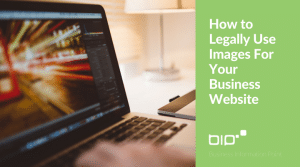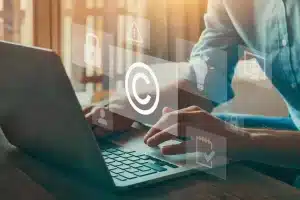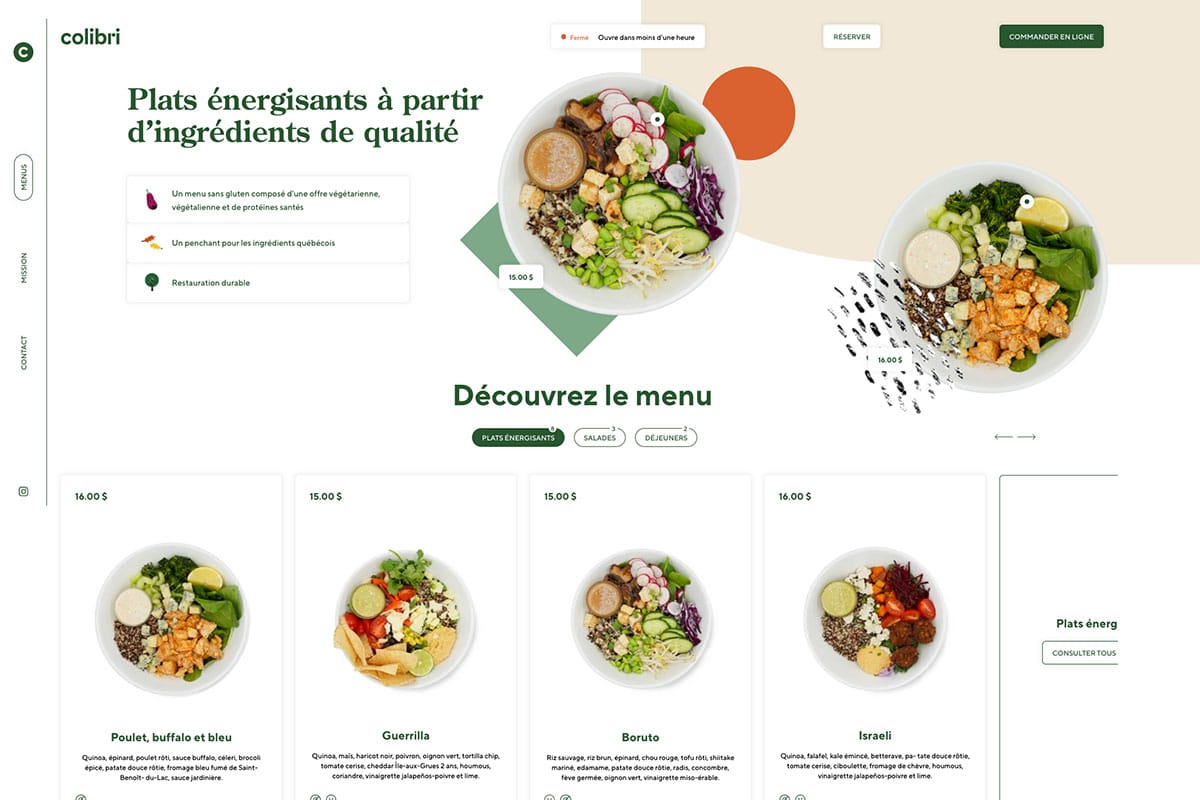What Pictures Can I Legally Use on My Website?
Introduction
Choosing the proper photos for a website is critical for developing an appealing and engaging online presence. However, understanding the legal elements of using photos is critical in order to avoid copyright infringement and other legal complications. In this post, we’ll look at the various sorts of photos you can lawfully use on your website, as well as the best practices for staying on the right side of the law. What pictures can I legally use on my website?
1. Public Domain Images
Images in the public domain have no copyright limitations and can be used by anybody, for any purpose, without requesting permission. These photos could be works with expired copyrights, photographs officially designated as public domain, or images that were never eligible for copyright protection. Websites such as Pixabay, Unsplash, and Wikimedia Commons provide a wide selection of high-quality public domain photos that you can freely use on your website.
2. Creative Commons (CC) Licensed Images
Creative Commons (CC) images offer a compromise between total copyright protection and public domain usage. CC licenses have precise terms and restrictions that allow authors to maintain some rights while allowing others to use their work under specified conditions. There are various sorts of Creative Commons licenses, each with its own set of requirements for credit, commercial use, and modifications. Before using the image on your website, make sure you understand the precise restrictions of the CC license.
3. Stock Images
Stock pictures are professional photographs or graphics that are licensed for use. Many websites provide stock photographs for free or for a fee, with varying terms of use. While some stock pictures are open to use commercially, others may have restrictions. Check the license agreement for each stock image you intend to use to confirm that you are in accordance with their terms.
4. Original Images
Using unique content developed by yourself or your team is one of the safest ways to prevent legal difficulties with photos. You instantly own the copyright to your photographs when you create them and can use them as you see fit. Using original pictures also offers your website a distinct and personal touch, distinguishing it from others that may use generic stock images. https://diversewebsitedesign.com.au/

5. Fair Use Images
Under certain conditions, fair use is a legal doctrine that enables the use of copyrighted content without the consent of the copyright owner. However, fair use is a difficult and frequently misunderstood area of law, and its application varies by region. Fair use may apply in general for purposes such as criticism, commentary, news reporting, teaching, and research. If you believe you are making fair use of an image, speak with a legal professional to determine its legality.
6. Obtaining Permission
If you come across a picture you want to use but it is protected by copyright or has unclear licensing terms, consider contacting the copyright owner for permission. Many photographers and artists will provide permission if you ask nicely and explain how you plan to use the image on your website. Keep a record of the authorization you obtain in case there are any disagreements later on.
7. Crediting the Source
It is best practice to offer correct acknowledgment to the picture source regardless of the sort of image you utilize. This not only shows respect for the creators, but it also makes your website appear more reliable and professional. Display the source and, if necessary, the artist or photographer’s name beneath the image or in an easily accessible credits section.
8. Image Copyright Infringement
Using copyrighted photos without permission or correct license can result in serious penalties such as legal action, fines, or take-down requests. Many intellectual property owners constantly monitor the internet for unlawful usage of their work. Conduct regular audits of your website’s photos to ensure they conform with copyright regulations to avoid such complications. https://livein.solutions/

9. Tools to Find Legal Images
A variety of online tools and resources can assist you in locating photographs that are free to use and share. Use search filters on stock image websites to limit results to images with appropriate permissions. Furthermore, Creative Commons search engines such as CC Search can assist you in locating photos with precise usage permissions.
Conclusion
The selection of photos for your website is an important step in building a visually appealing and engaging platform for your audience. Understanding the various sorts of photos you can lawfully use and the permissions that go with them is critical for avoiding copyright infringement. Remember to use public domain, Creative Commons licensed, or acquire permission from copyright holders as necessary. When possible, use original content and always offer due attribution to the image source. You may ensure that your website is not only aesthetically beautiful but also legally compliant by following these recommendations.






